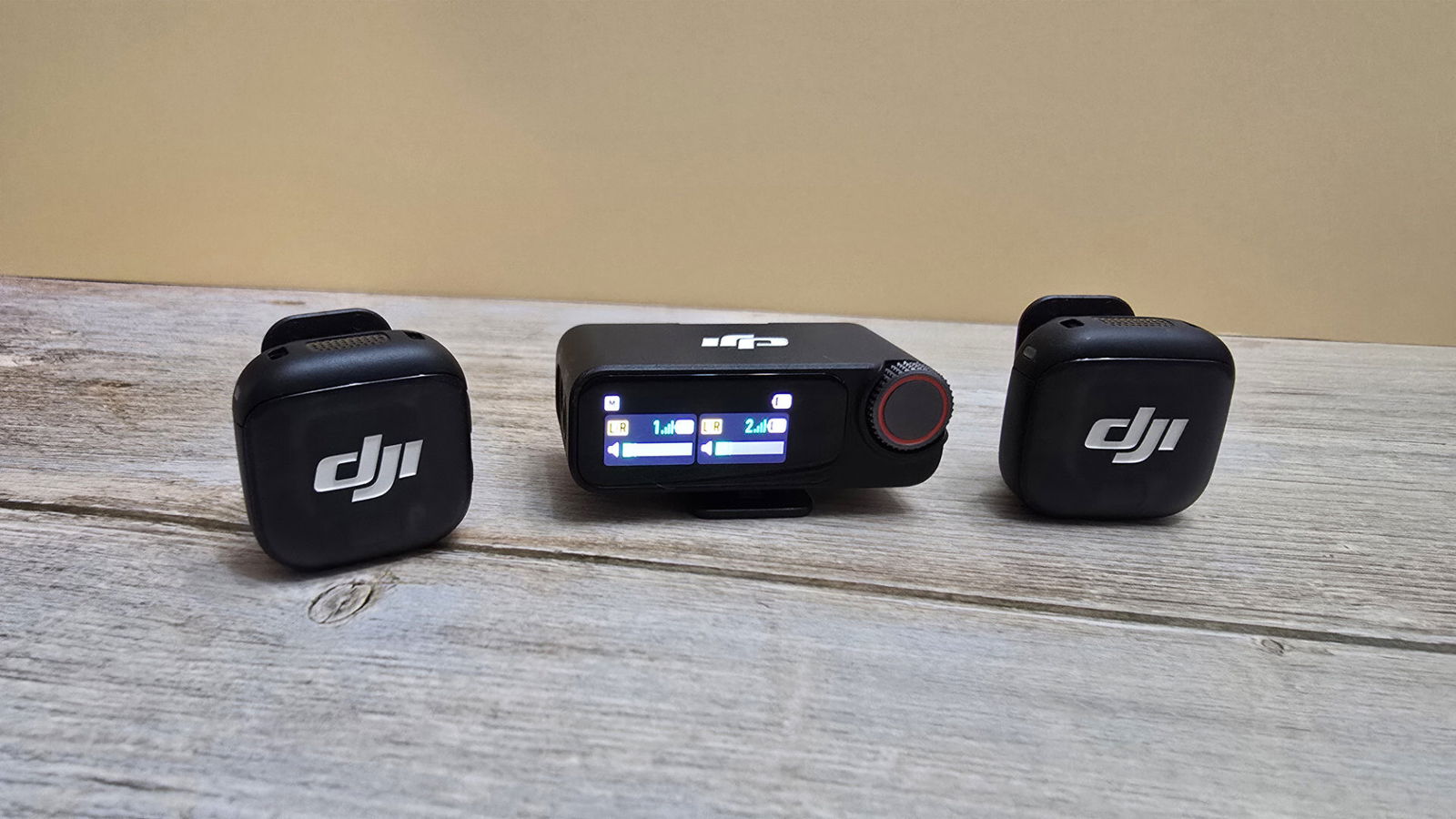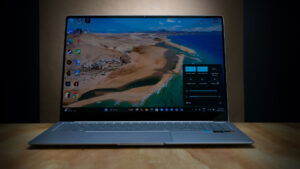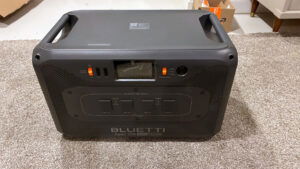The first wireless microphone kit that I ever got my hands on was the DJI Mic. Its spectacular quality was a surprise, not just because of its size, but also the fact that DJI is not primarily known as a microphone manufacturer. It would have been impressive for them to have been able to run with the big dogs, but the fact that major creators were using them over some of those big dogs speaks volumes about their quality. Fast-forward a few years, and they’ve taken massive leaps, all while shrinking their size. The DJI Mic 3 is the best of all worlds.
In the box, you get two DJI Mic 3 transmitters, one DJI Mic receiver, the charging case, a USB-C adapter, a USB-C to USB-C cable, a 3.5mm TRS to TRS cable, two black and gray fuzzy windscreens, two black fuzzy windscreens, two magnets, two magnetic clips and a carrying pouch.
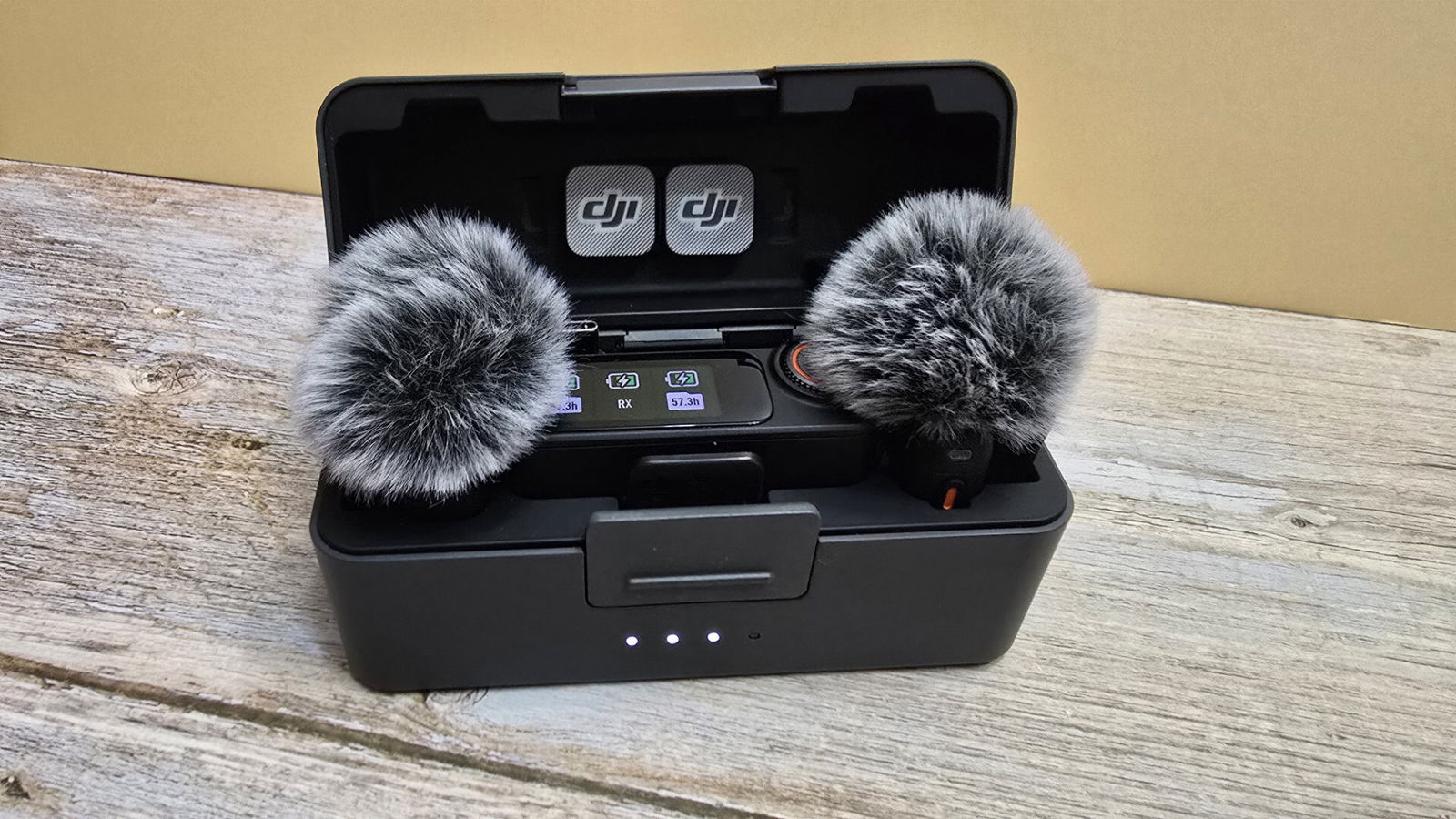
I’ve said in the past that I would like to see more cases that can carry more of the small, easy-to-lose accessories that come with these kits, but with a magnetic pad to store your magnets and the ability to store adapters and close the case with your windscreens attached, most of your accessories do have a home in this charging case. I would trade a slightly larger size for the ability to have a compartment that would let me neatly store my cables, though.
The DJI Mic 3 most closely resembles the company’s recent release, the DJI Mic Mini, but packs all of the punch that their full-sized mics have and then some. The DJI Mic 3 transmitter weighs in at 16g with the magnetic clip attached, and the specs for the mic mini list it as 10g without the magnet. The Mic 3 transmitter is only slightly larger than the Mic Mini, at 28.77 x 28.34 x 16.35mm compared to the Mic Mini’s 26.55 x 26.06 x 15.96mm.
Compared to the Mic 2, the DJI Mic 3 is considerably more compact, at nearly half the size of the transmitter and 12g lighter. The charging case is also smaller, about 1cm less in length, but 40g lighter. Some of that seems to have been lost in battery life, with the Mic 2 battery being 3250 mAh, while the Mic 3 has a considerably lower 1950 mAh capacity.
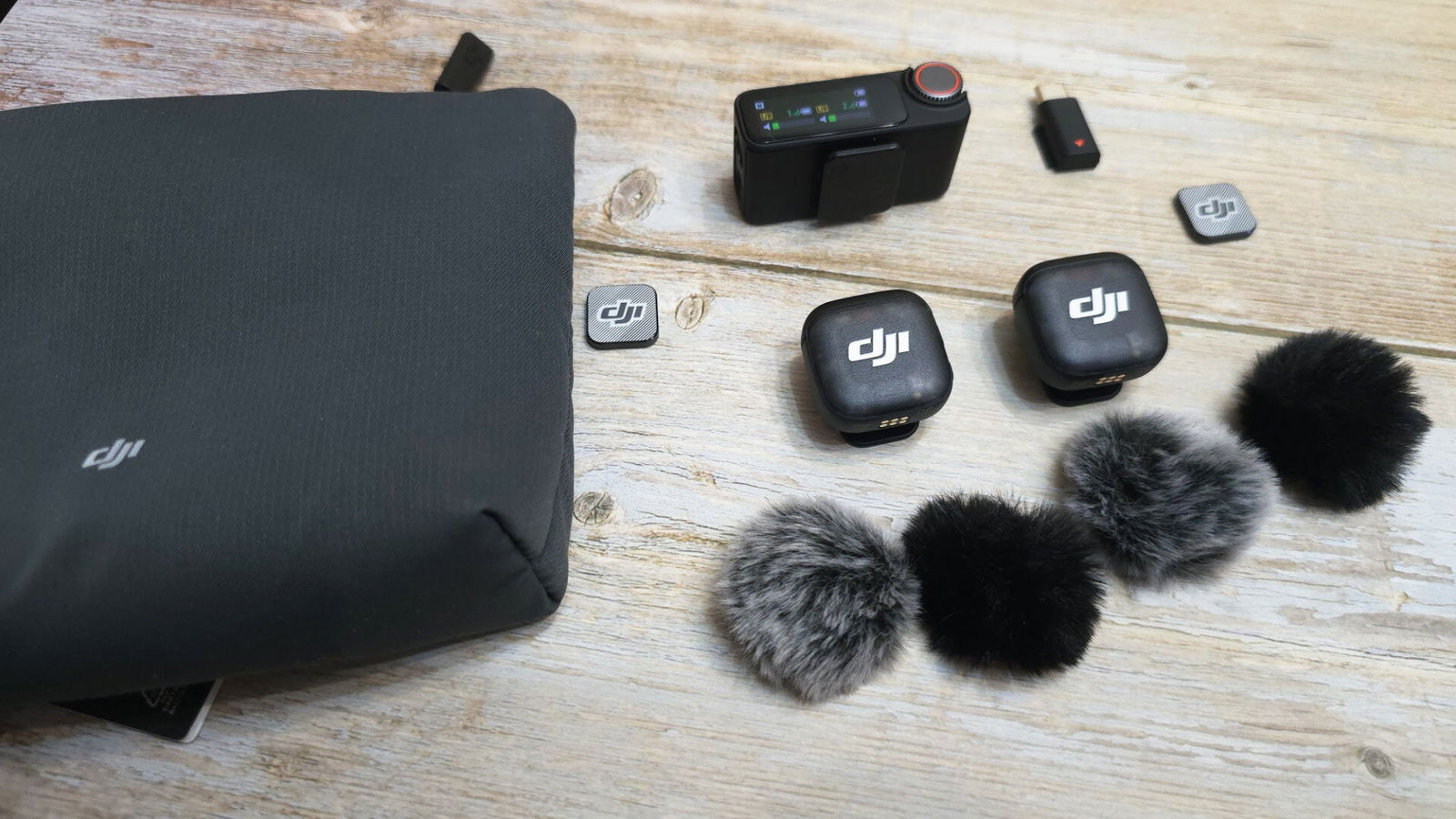
That’s not to say that the DJI Mic 3 has bad battery life, however. The transmitters can last eight hours (receiver lasts 10 hours), and the charging case can give them up to 28 total hours. In a pinch, you can get two hours of use on five minutes of charging from the case, which is great to get those last shots in on a longer shoot.
“The DJI Mic 3 most closely resembles the company’s recent release, the DJI Mic Mini, but packs all of the punch that their full-sized mics have and then some.”
The DJI Mic 3 has a similar translucent body to the DJI Mic 2 and has a clip that separates completely from the body of the transmitter, and can stick, magnetically, to any metal surface if you don’t need the mic to be on your person. There is also a separate magnetic pad that you can use to connect the transmitter to your shirt without the clip being attached at all, which helps the transmitter sit more securely than when the magnet attaches to the back of the clip, which is nice.
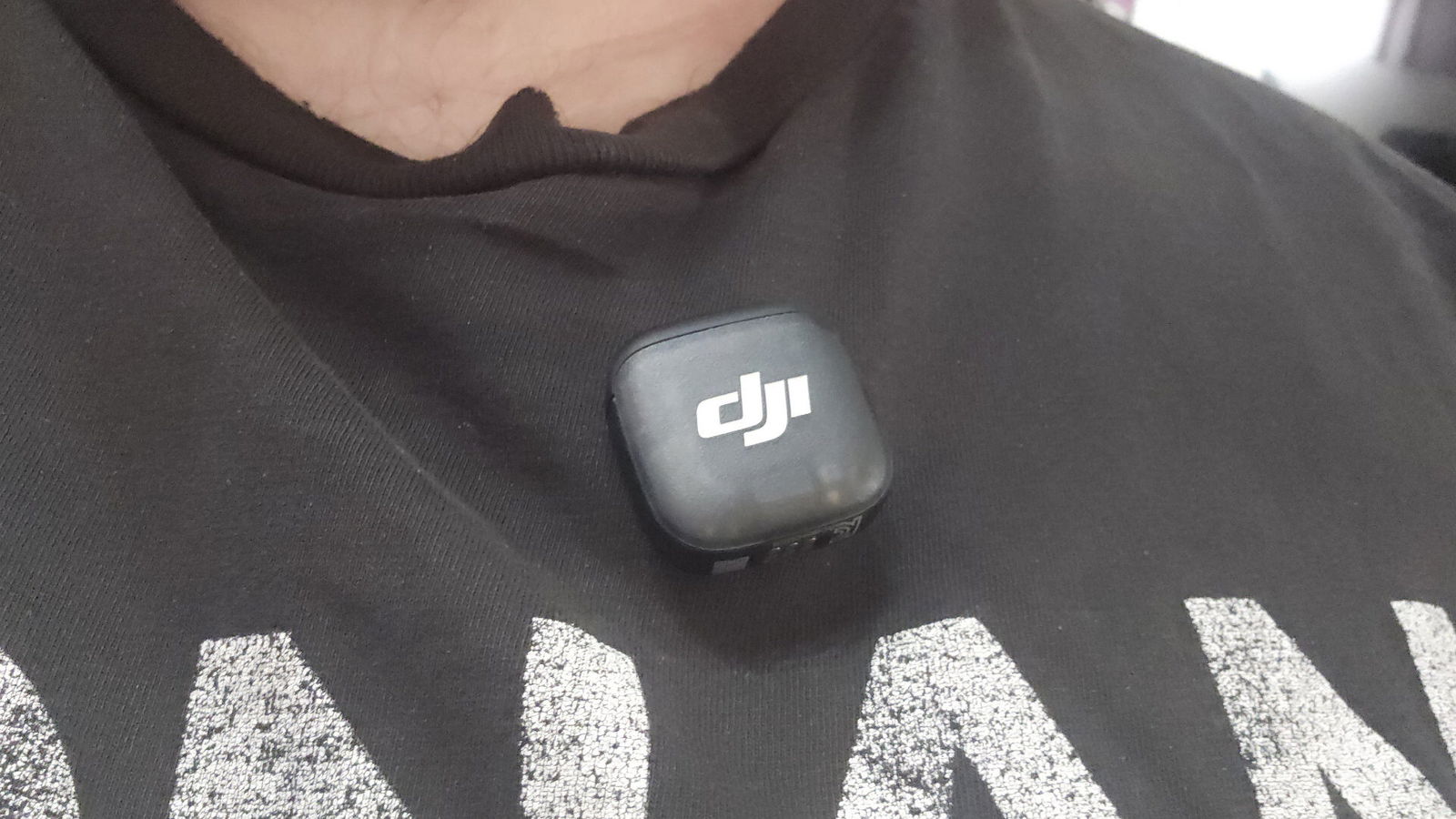
The transmitters on the DJI Mic 3 also get a big performance upgrade with adaptive gain control, adjusting the gain as your audio levels change. They also have two levels of noise reduction: one for lighter ambient noise and one for louder environments. You also get three vocal presets: a “regular”, neutral sound, a “bright” preset that highlights the higher frequency presence in your voice and the bass-forward “rich” preset.
I found the adaptive gain control to be good because it really relied on a consistent change in levels before adjusting. Audio can sound chaotic if it is riding the gain, boosting and lowering from second to second, but as energy and tone changes in a video, so will your vocal levels, and this did a great job in adapting to that.
The noise reduction does a decent job. I don’t think I care for the stronger of the two noise reduction levels, though, as it does too good a job of removing all background noise, robbing scenes of their ambience, and it comes at the price of your voice sounding more processed. I would stick with the basic noise reduction unless you absolutely have to use the strong setting.
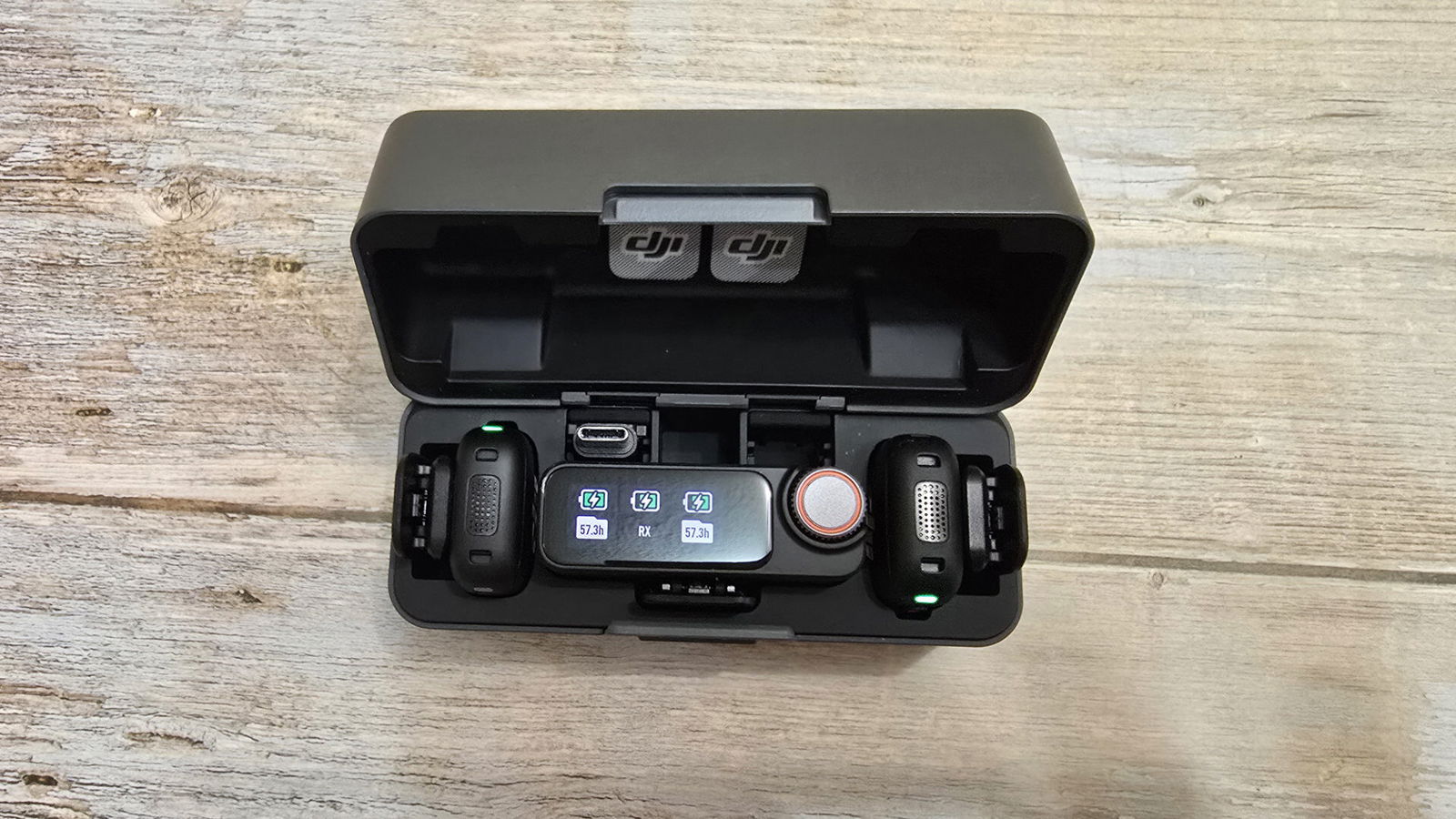
The presets really work great and are a fantastic starting point for people who don’t know a lot about EQ or really just don’t want to manage it. I typically do my EQ in post so I can really hone in on the sound I am going for, but that is a bit of a time suck when editing. I don’t see any issue with testing out these presets to see if one of them captures you the way you want to be heard, saving yourself the headache of figuring it out later.
Internal storage is also a major upgrade in the DJI Mic 3, despite the smaller form factor. While the DJI Mic 2 has 8GB of internal storage, and the Mic Mini has no storage as you can’t record on them, the DJI Mic 3 has 32GB of storage on each transmitter, which can capture over 57 hours of audio at 24-bits, or over 43 hours when recording with 32-bit float which, for most creators, should just be your standard as it protects you with its higher dynamic range and helps prevent clipping.
The DJI Mic 3 offers a dual-band lossless audio transmission, which swaps between 2.4GHz and 5GHz bands to prevent any interference during a shoot, even at range. The range is a whopping 400m between the transmitter and receiver. I tested the mic at a number of ranges, but definitely not at its max, as, without a crew with me, I am eternally nervous about separating myself and my camera by those kinds of distances. What I did test, however, was crystal clear and, even with my body blocking the mic from the camera, had no interference.
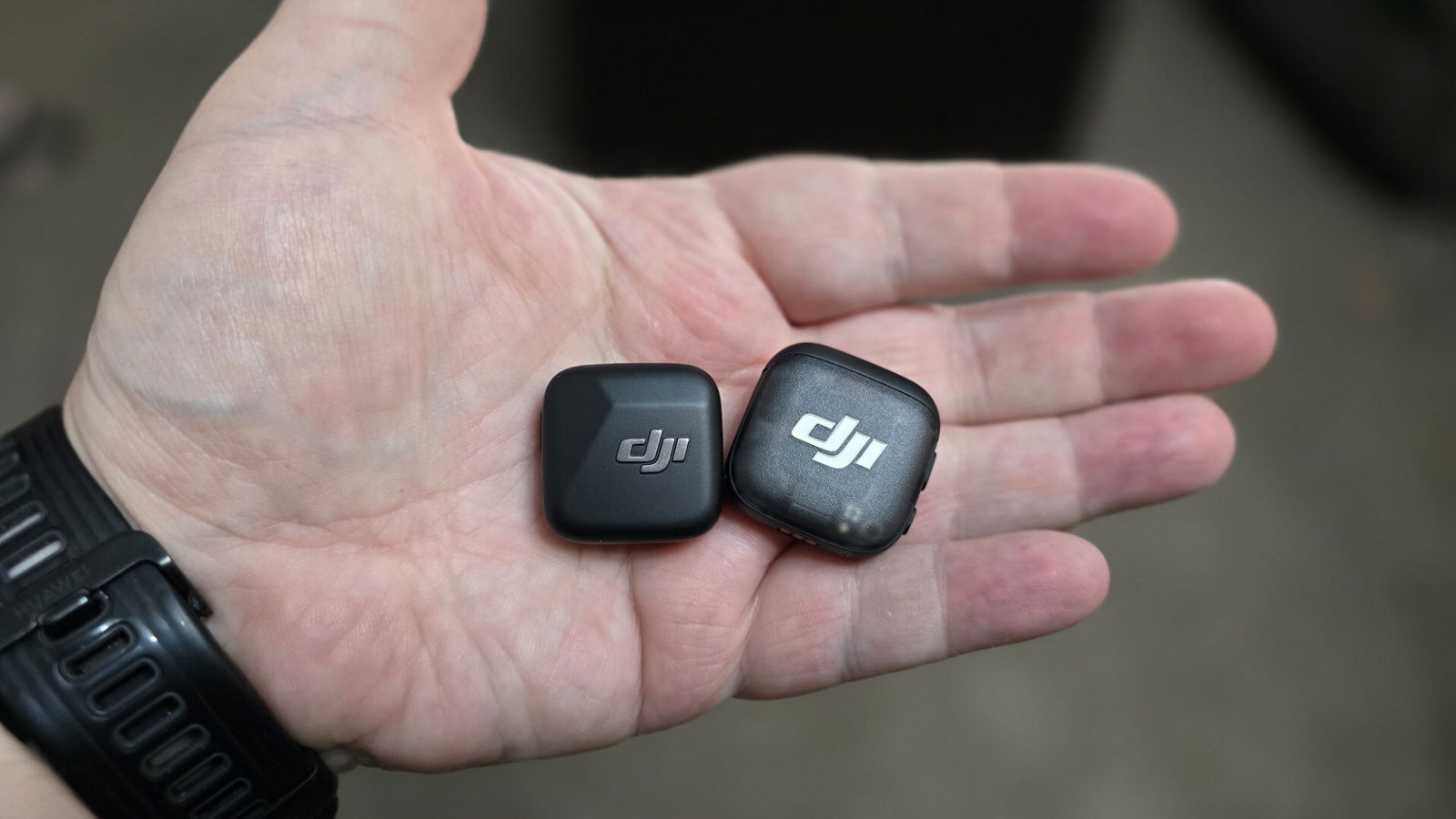
Another feature that makes the DJI Mic 3 such a great option for bigger shoots is its new, expanded connectability. You can now connect four transmitters simultaneously with eight different receivers, allowing four people to be captured with their audio in sync on eight cameras. Add to that the fact that you can run timecode on the receivers, and editing your projects could not get easier.
As far as sound quality goes, DJI has yet to fail me. People have their preferences in brands, and some people may just naturally be attracted to the mic used by their favourite creator, but DJI is ultimately the mic that I end up using because they have always been easy to connect to phones, cameras and action cameras (even other brands’ cameras). The audio is fantastic across the board, and the pro-level features make the DJI Mic 3 a really easy decision, in my opinion.
The only thing that I thought I would miss from the DJI Mic 3 was the lack of a 3.5mm jack for a lavalier mic, simply for the variety of options. I’m starting to realize, though, that people don’t really use them all that much and, with a transmitter as small and discreet as this one, would honestly seem like a waste of resources to have added it.
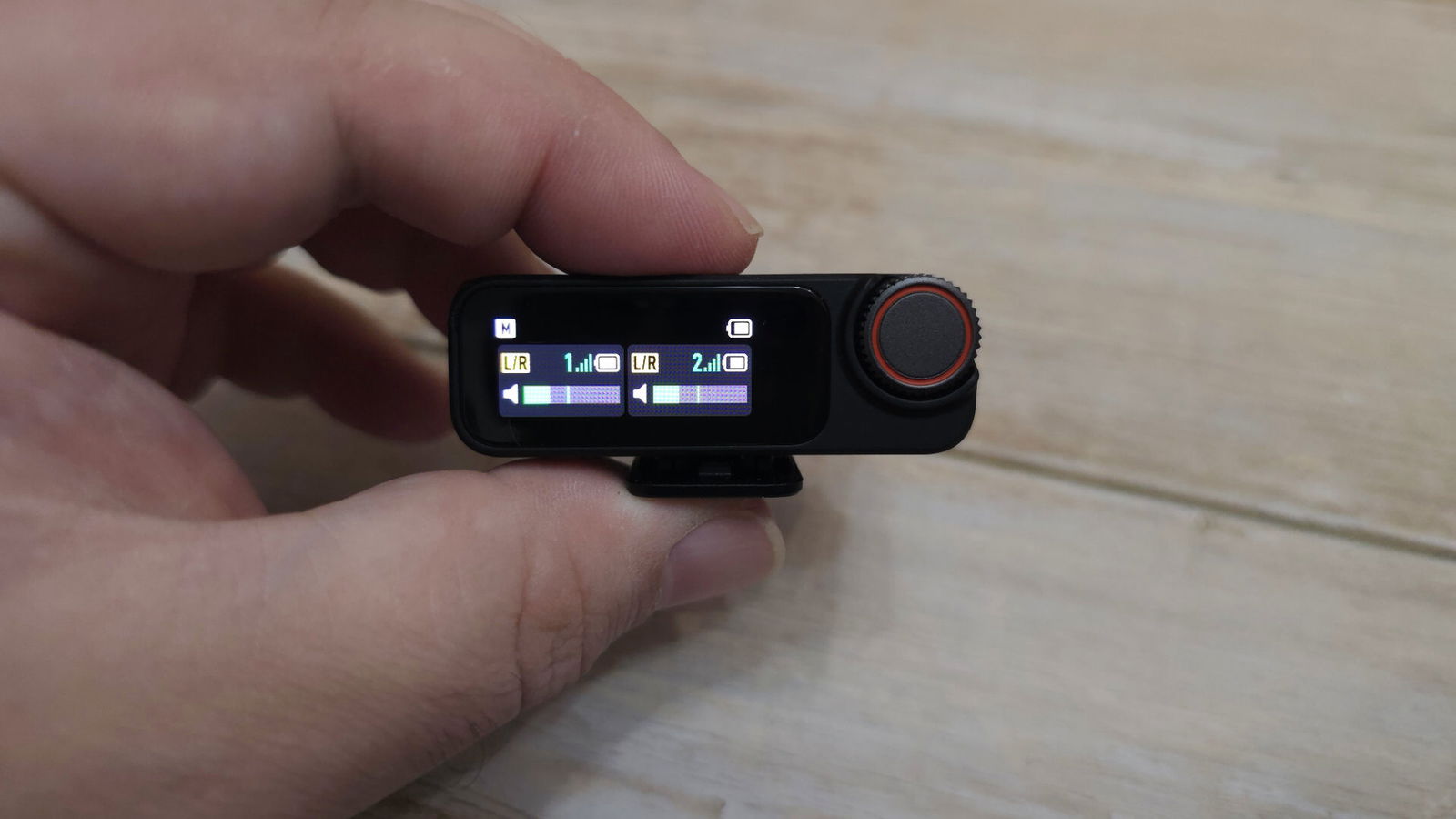
Something that they did add, for the DSLR/Mirrorless crowd, is the DJI Mic series camera adapter (not included in the kit, but affordable at $39 USD) that turns the receiver into a hot shoe adapter that connects to cameras directly without any cables. It is not a must, as it’s still very easy to connect to a camera via the TRS cable, but it is a nice quality-of-life upgrade as it gives you a clean, wireless setup.
At $329 USD, the DJI Mic 3 is one of the most expensive wireless mic kits of its kind, but what it offers in terms of features and accessories in a much more compact and user-friendly kits in a more aesthetically pleasing form (especially how the transmitter looks on your body), it’s worth the extra few dollars that it costs over its competitors. It’s, arguably, the most complete kit on the market, and they did it all at a size that I wouldn’t have thought possible before now.
- Lightweight & Intuitive, Compact Storage [9] – Take it anywhere—this wireless mic fits in your pocket or bag, ready for travel vlogs, street interviews, or capturing ideas on the go.
- 4TX + 8RX Capability & Four-Channel Output [1] – This lavalier mic’s receiver can pair with 4 TX and sync audio to 7 additional RX—ideal for podcasts or group interviews.
